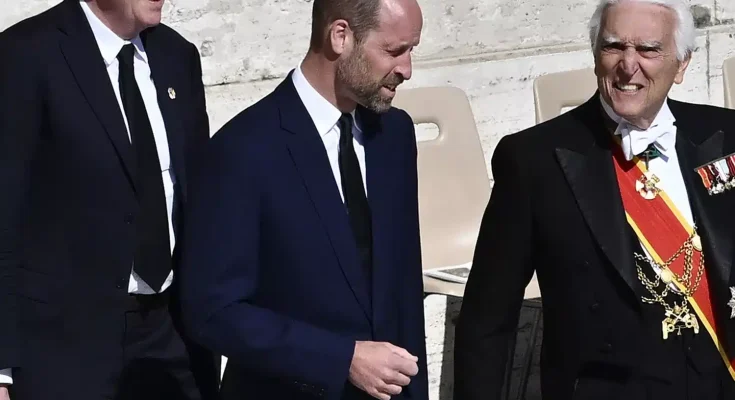Preparations for Pope Francis’s burial have reached a sad crescendo as the sun shines over Vatican City. St. Peter’s Basilica is set to welcome a gathering of dignitaries, religious leaders, and mourners from all around the world.
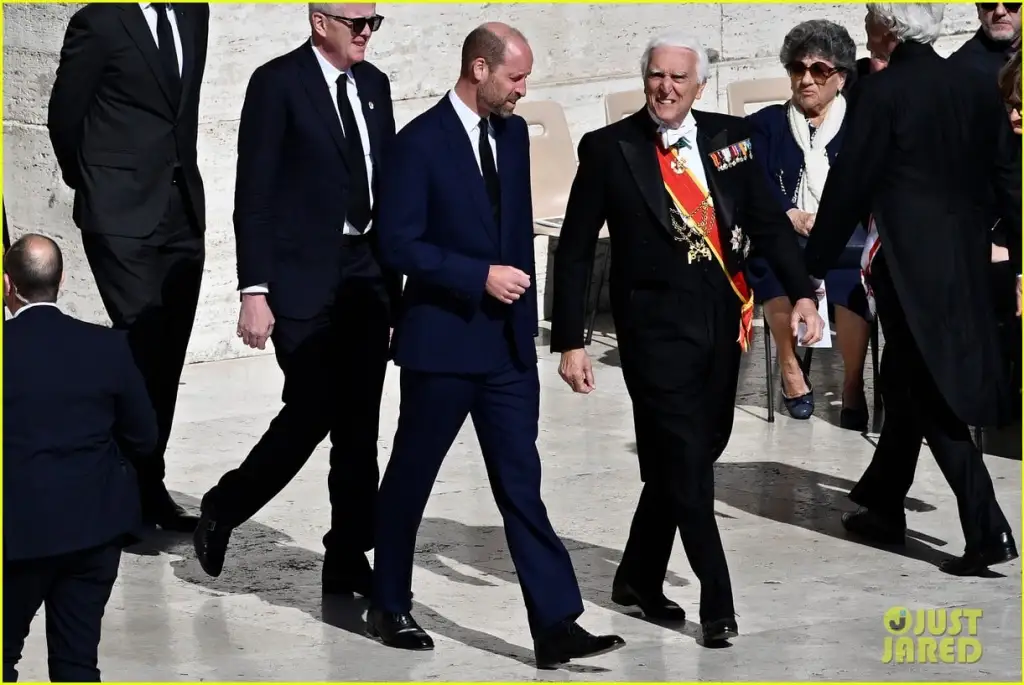
Despite the event’s grandeur and seriousness, one noteworthy absence has aroused interest and discussion: King Charles III will not attend the ceremony according to centuries-old royal etiquette, instead designating his eldest son, Prince William, to represent the British throne.
The choice, which was based on custom rather than personal taste, highlights the careful balance between tradition and modernity that characterises the Crown’s shifting function in a world that is changing quickly.

William’s participation was confirmed by Kensington Palace just hours after Buckingham Palace clarified the King’s absence in a statement, referring to a “longstanding constitutional convention” that forbids the sovereign from attending religious or state funerals.
Historians have out that this unspoken rule originated during Queen Victoria’s reign but became more firmly established during Queen Elizabeth II’s 70-year rule. “The Queen set a precedent by not attending high-profile funerals, whether for popes or presidents,” says royal biographer Robert Hardman.
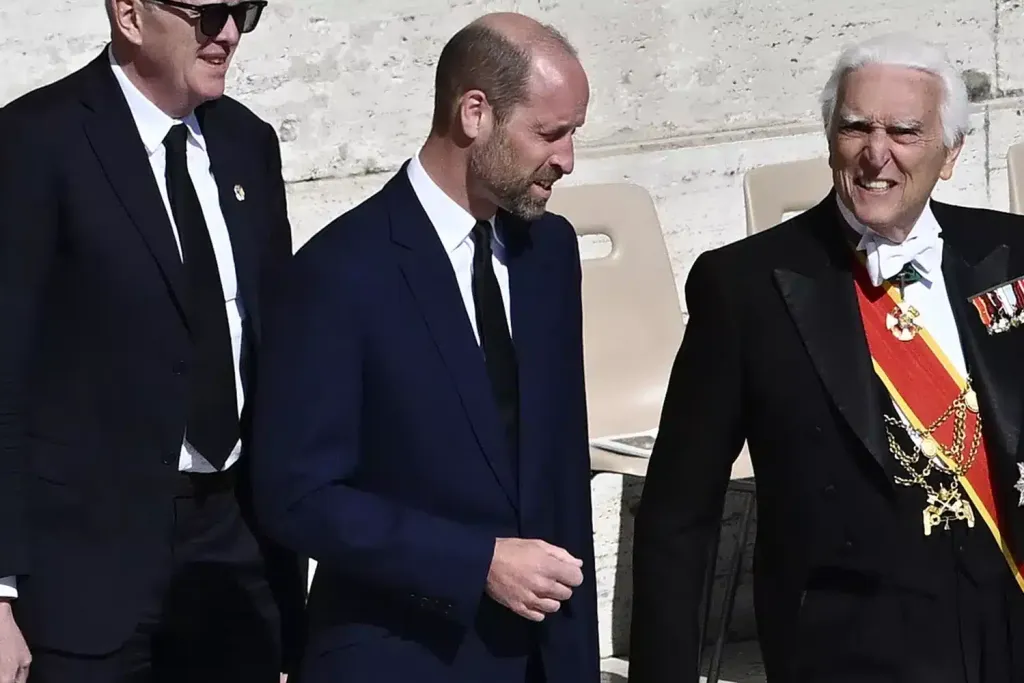
In international relations, it came down to upholding neutrality and preventing the appearance of partiality. For example, in 1963, a pregnant Elizabeth sent Prince Philip to “the funeral of President John F. Kennedy, and in 2005,
she assigned then-Prince Charles to attend the funeral of Pope John Paul II on her behalf. This decision, which at the time drew both praise and criticism, required Charles to postpone his marriage to Camilla Parker Bowles by 24 hours”.
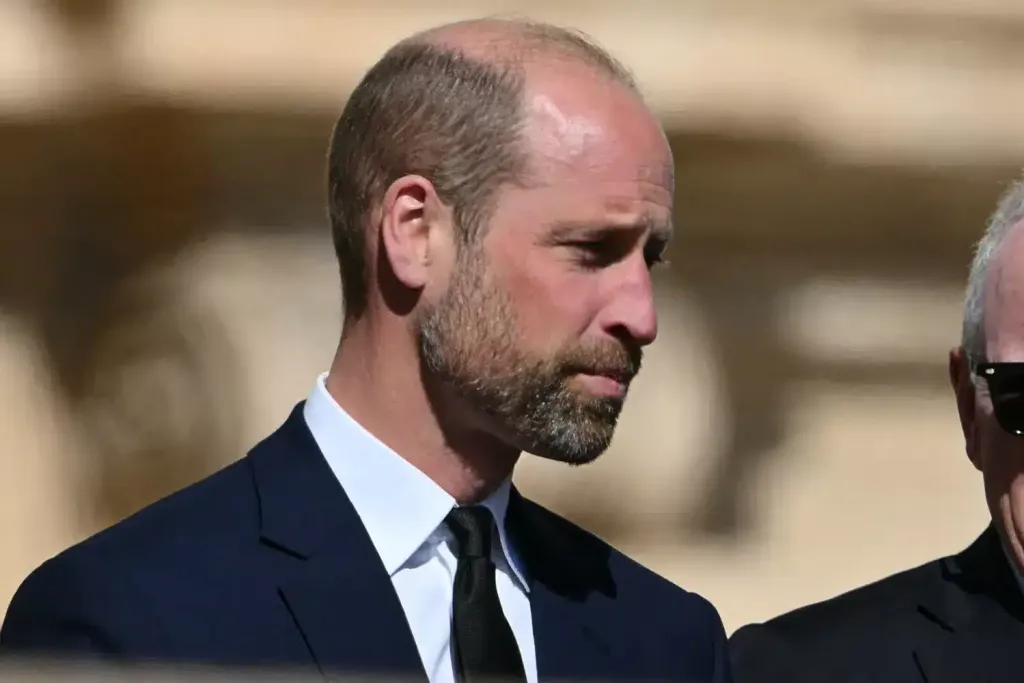
There are multiple levels of symbolism in Prince William’s function as the King’s stand-in. In addition to being one of his most well-known diplomatic missions since becoming Prince of Wales, it also represents his slow assimilation into the duties of future monarchy.
This is a rite of passage, according to royal historian Hugo Vickers. In order to balance tradition with the demands of a monarchy in the twenty-first century, William is being prepared to enter areas that the monarch cannot.
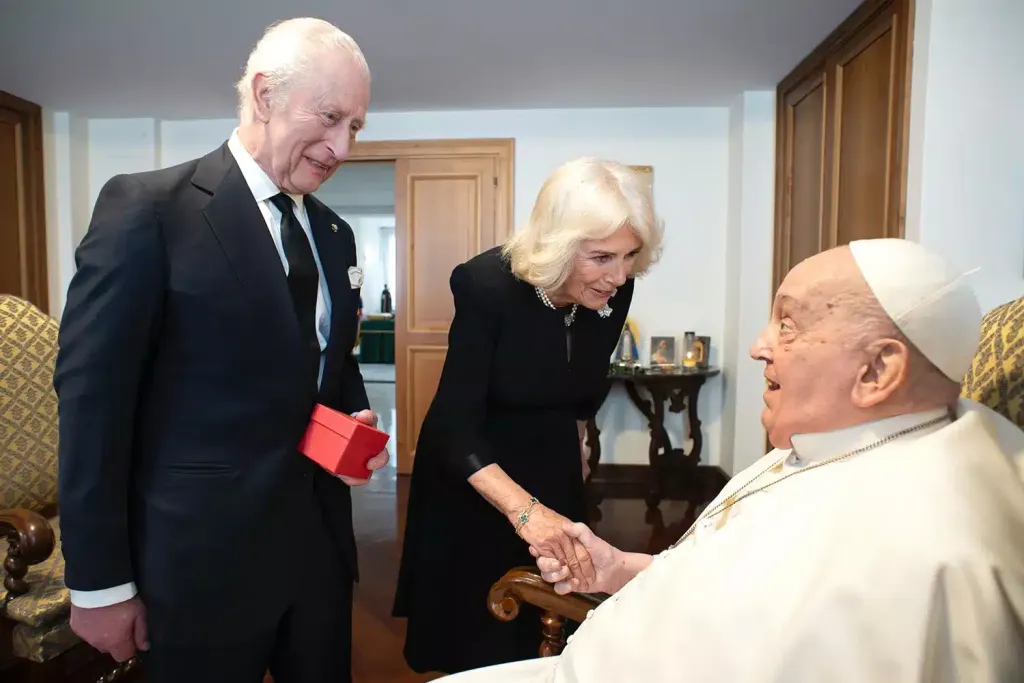
In a meticulously planned demonstration of international solidarity, the Prince will be present alongside Canadian Prime Minister Justin Trudeau, French President Emmanuel Macron, and U.S. “President Donald Trump”.
.
In order to make sure William’s attendance fits with the solemnity of the occasion, aides have reportedly schooled him behind the scenes on protocol details, such as the procession order and the niceties of speaking to Vatican authorities.
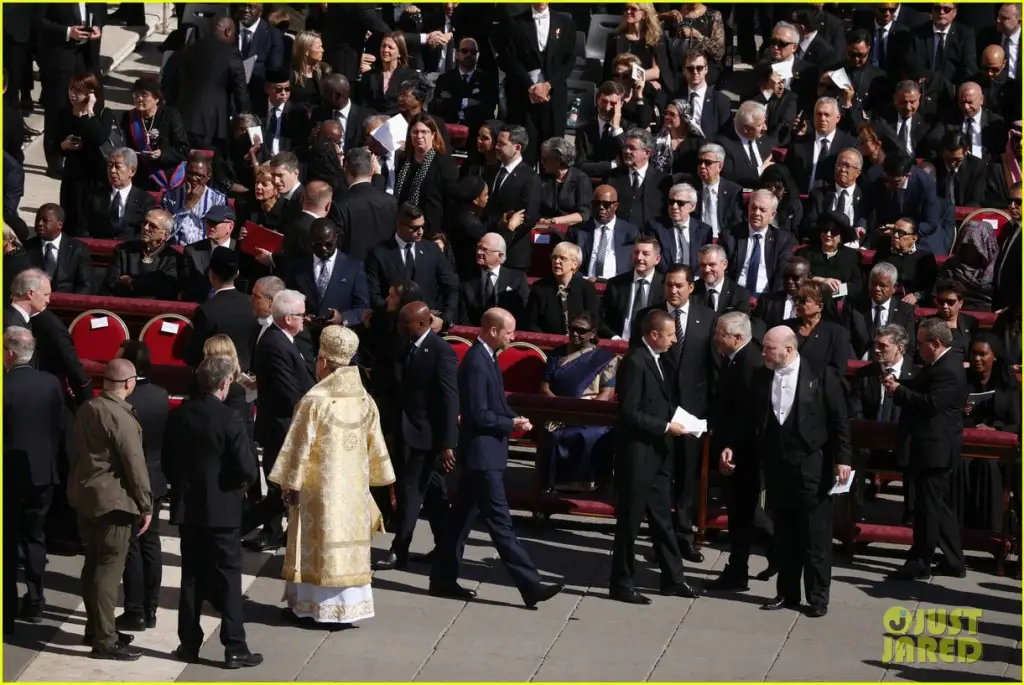
The news has evoked a wide range of emotions in the public. Hashtags such as #WilliamAtTheVatican and #RoyalProtocol were trending on social media, with individuals alternating between sentimental support and humour.
“Kate’s Photoshop controversy first, and now this? In reference to previous issues, one Twitter user joked, “The Palace really needs a better PR strategy.”
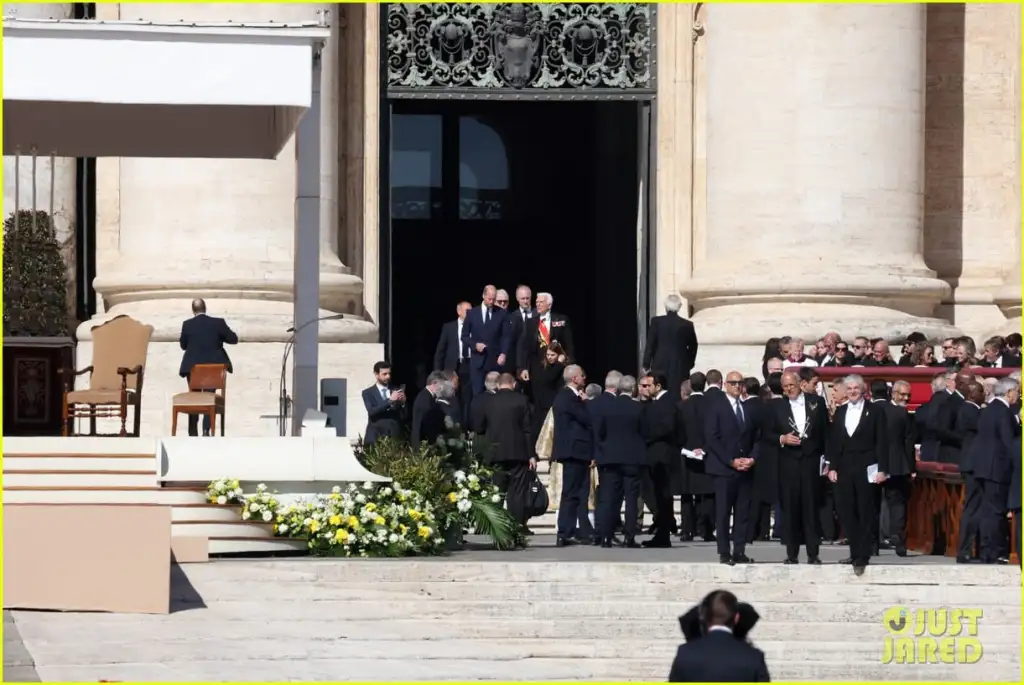
Others used a tone that was more solemn: “Diana would be crying to see her son standing with world leaders.” A fan added, “Her legacy lives on,” reiterating ideas that linked William’s rise to his mother’s lasting impact. In the meanwhile, William’s representation was appreciated by the Catholic populations in the United Kingdom.
“It’s a gesture of respect that transcends denomination,” said Liverpool parish priest Father Michael O’Connor. The future king’s presence there honours the Pope’s work on poverty and climate change, which has an international impact.
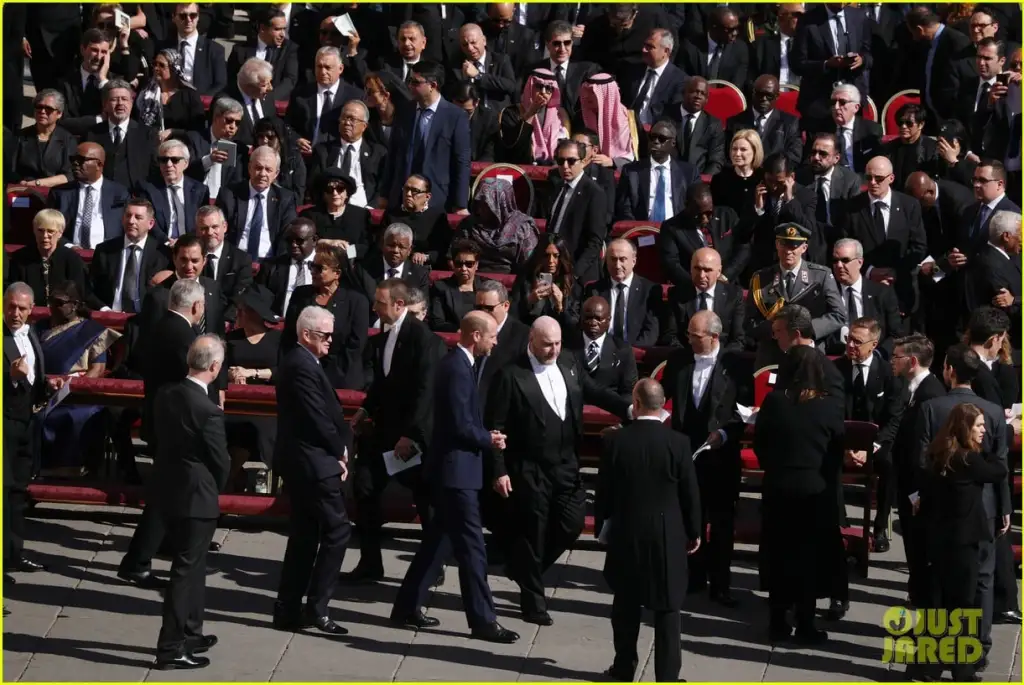
The funeral itself is a historic event that combines contemporary pomp with ancient ritual. With Swiss Guards in ceremonial armour on either side, the Pope’s body, dressed in traditional white vestments, rests in state atop a crimson-draped bier in the basilica’s central nave.
Since Monday, more than 100,000 mourners have gathered around the remains, many holding scribbled notes or rosaries. The Vatican’s Secretary of State, Cardinal Pietro Parolin, will preside over the Requiem Mass on Saturday.
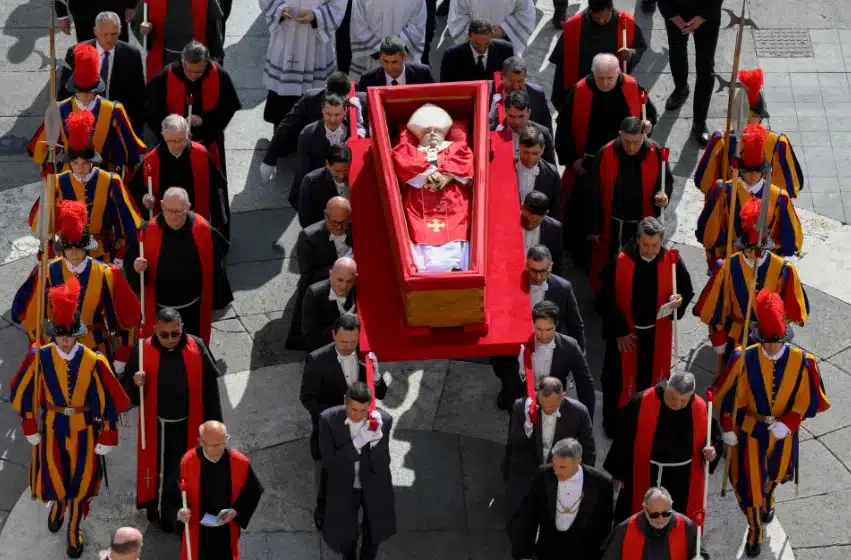
In keeping with the Pope’s Argentine heritage and global reach, eulogies will be given in Italian, Spanish, and Latin. The casket will be transported to the Vatican Grottoes for interment next to St. Peter’s tomb after the ritual concludes with the eerie Gregorian chant Libera Me.
Because the Pope is a geopolitical figure as well as a spiritual one, security is at an all-time high, with 10,000 police and anti-drone systems deployed by Italian authorities to protect attendance.
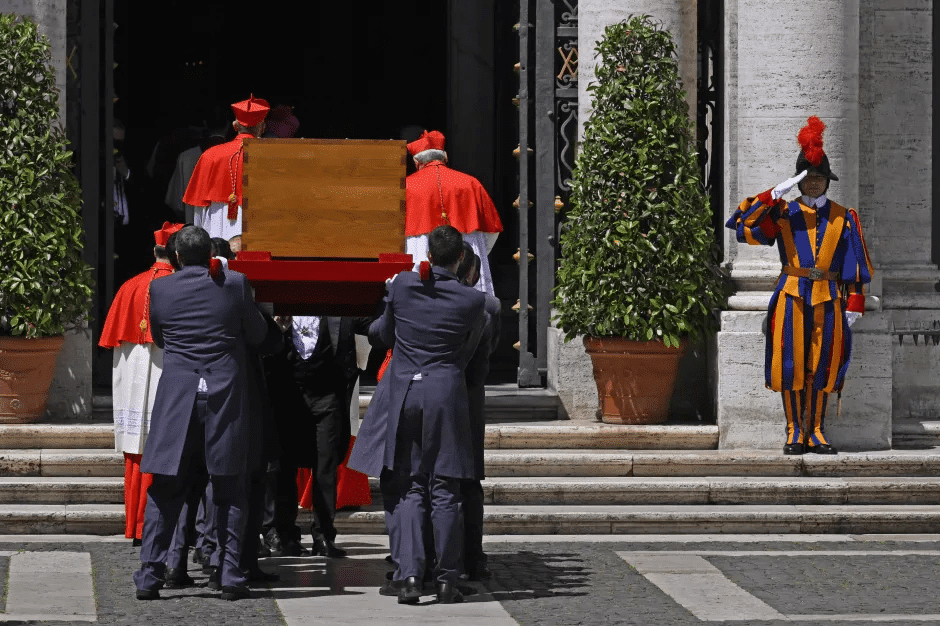
The event holds great personal significance for King Charles and Queen Camilla. On April 9, their 20th wedding anniversary, they had a private audience with the Pope, which officials said was “profoundly moving.”
According to sources, the pair gave Francis a handwritten note praising him for his support of environmental causes, which were important to Charles. Despite his obvious weakness, the Pope gave them a pendant of a silver olive branch, which represents peace, and muttered, “Pray for me.”
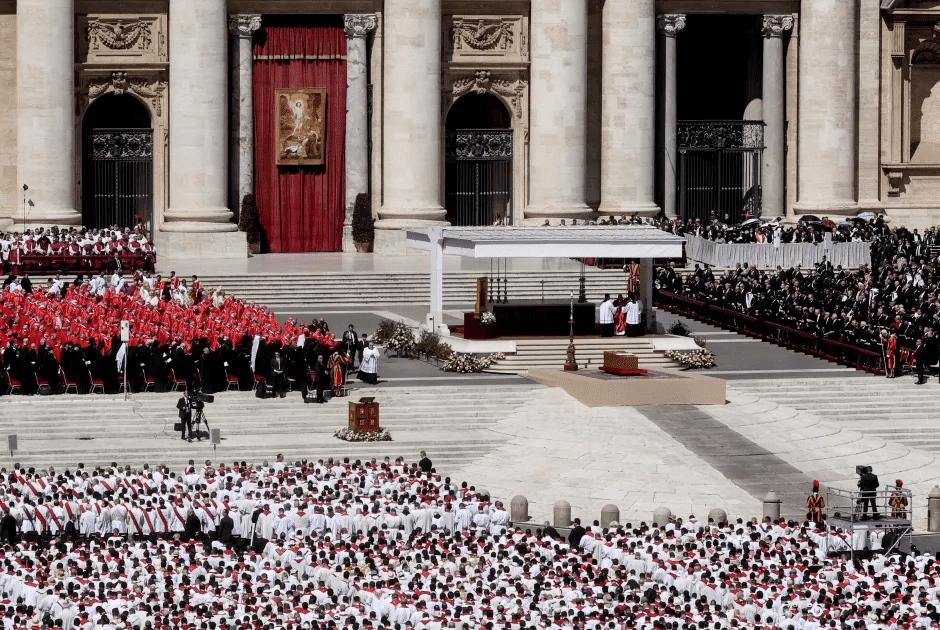
This moment was caught in a grainy picture that went viral. According to a Vatican source, “there was a palpable mutual respect.” “The Pope grinned broadly and even made a joke about the British weather when the King called him ‘Holy Father.’” The formality of Charles’s 2019 visit with Francis, when climate issues dominated conversations, was a stark contrast to this quick session.
Nevertheless, discussions over the monarchy’s relationship with religion have been rekindled by the King’s absence from the funeral. Charles has long supported interfaith discussion and has referred to himself as a “defender of faiths” rather than just the Church of England.
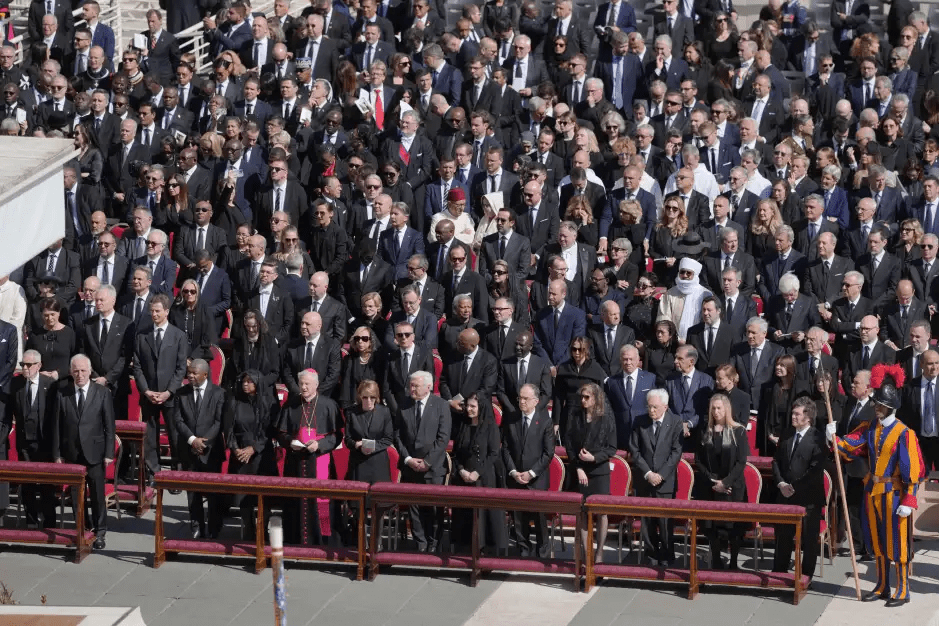
His choice to send William, who hasn’t yet developed a comparable strong spiritual vision, calls into doubt the religious identity of the monarchy. Charles III: New King, a recent book by biographer Robert Hardman. The New Court.
William is portrayed in The Inside Story as a “reluctant traditionalist” who approaches his future position as head of the Church of England with pragmatisticism. Hardman notes, “William doesn’t show off his faith.” “He recognises the cultural significance of the Church, but he is more likely to quote Mandela than the Bible.”
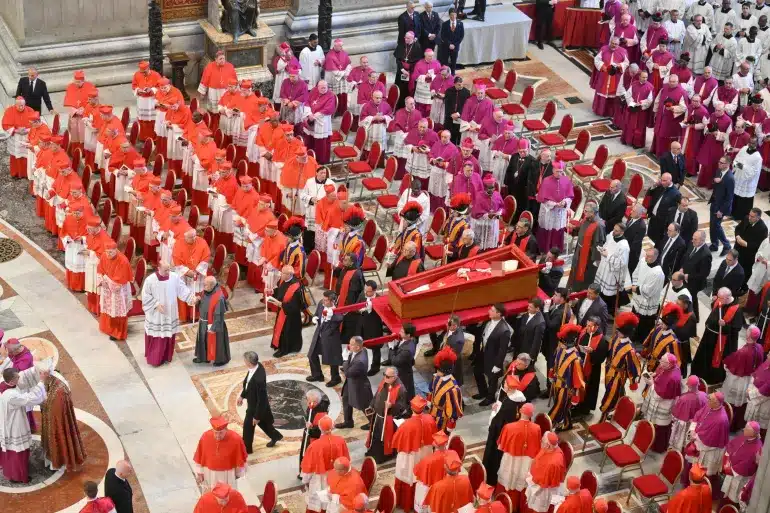
However, amid her cancer treatment, Princess Kate has reportedly become more reflective about her faith, attending private Anglican services at Windsor’s St. George’s Chapel and turning to scripture for comfort, according to insiders.
The Pope’s complicated legacy has also come to light as a result of his passing. Francis’s pontificate was characterised by audacious, frequently divisive actions, ranging from reorganising Vatican finances to supporting refugees.
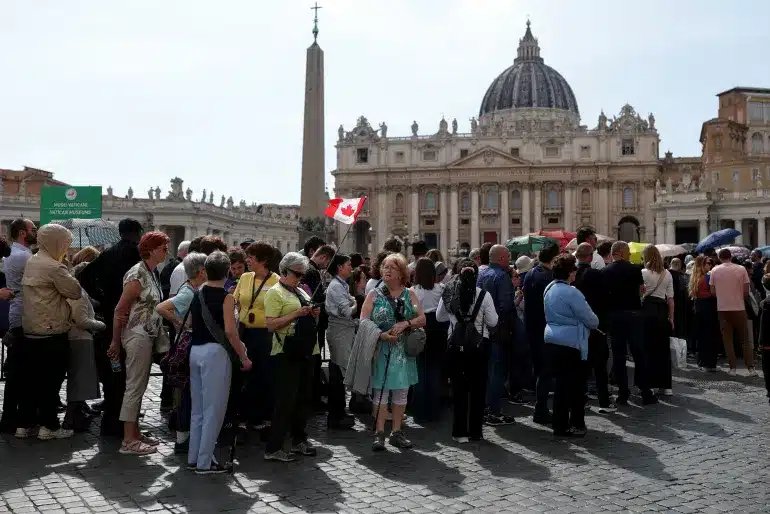
Charles was a supporter of his 2015 encyclical Laudato Si’, which made a strong case for environmental stewardship and was often mentioned in his own climate addresses. However, conflicts persisted, especially with the Church’s position on social issues such as LGBTQ+ rights, where royal liberalism and the Pope’s cautious reforms collided.
According to Vatican expert Cristina Cabrejas, “they had a mutually pragmatic rapport.” “The Pope respected the King’s grassroots activism, while Charles admired Francis’s worldwide moral authority.”

Prince William’s presence will be analysed for clues about his future rule as he gets ready to take the global stage this weekend. Will he adopt his grandmother’s stoic reserve or his father’s passionate idealism?
His 2023 speech at the United Nations, in which he stressed “action over words” in climate policy—a little divergence from Charles’s more poetic rhetoric—is remembered among royal watchers. Aides emphasise that for the time being, his major priority is still paying respect to the Pope’s legacy.
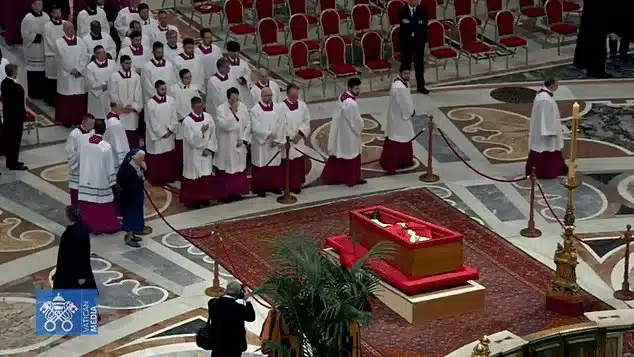
According to a royal source, “this isn’t about him.” “Regardless of creed, it’s about honouring a man who touched billions.”
But there’s a lot of symbolism. William’s attendance, which takes place as he gets ready for his 42nd birthday next month, serves as a reminder of his early years spent in a historically significant institution.
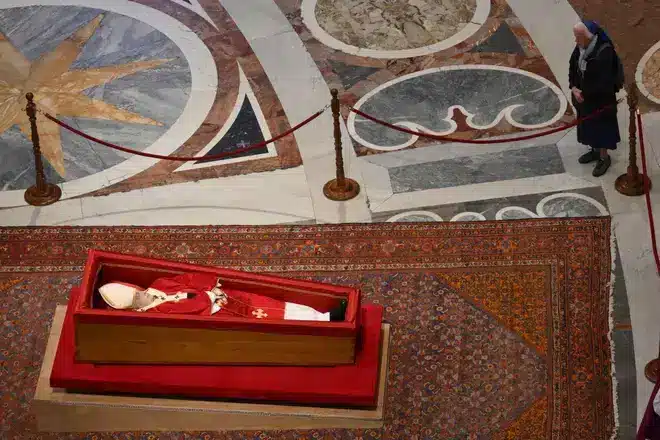
And in the midst of the tolling bells and whispered prayers, somewhere in the crowd, the spirit of Diana’s altruistic spirit might still be whispering, pushing him on.
